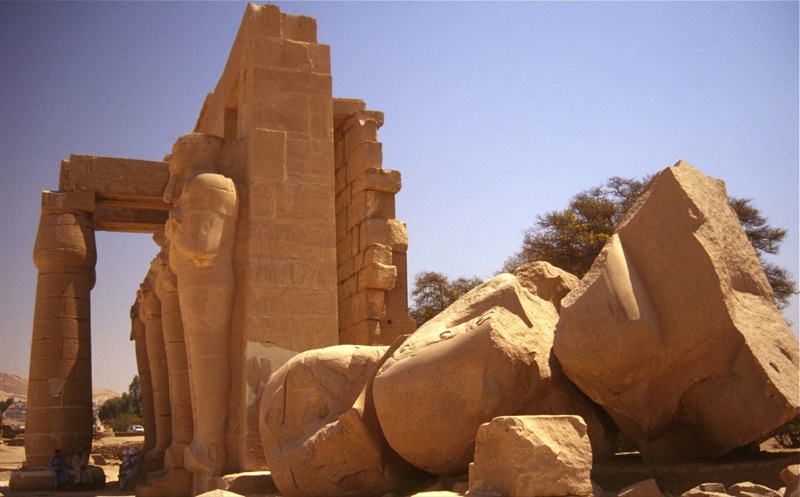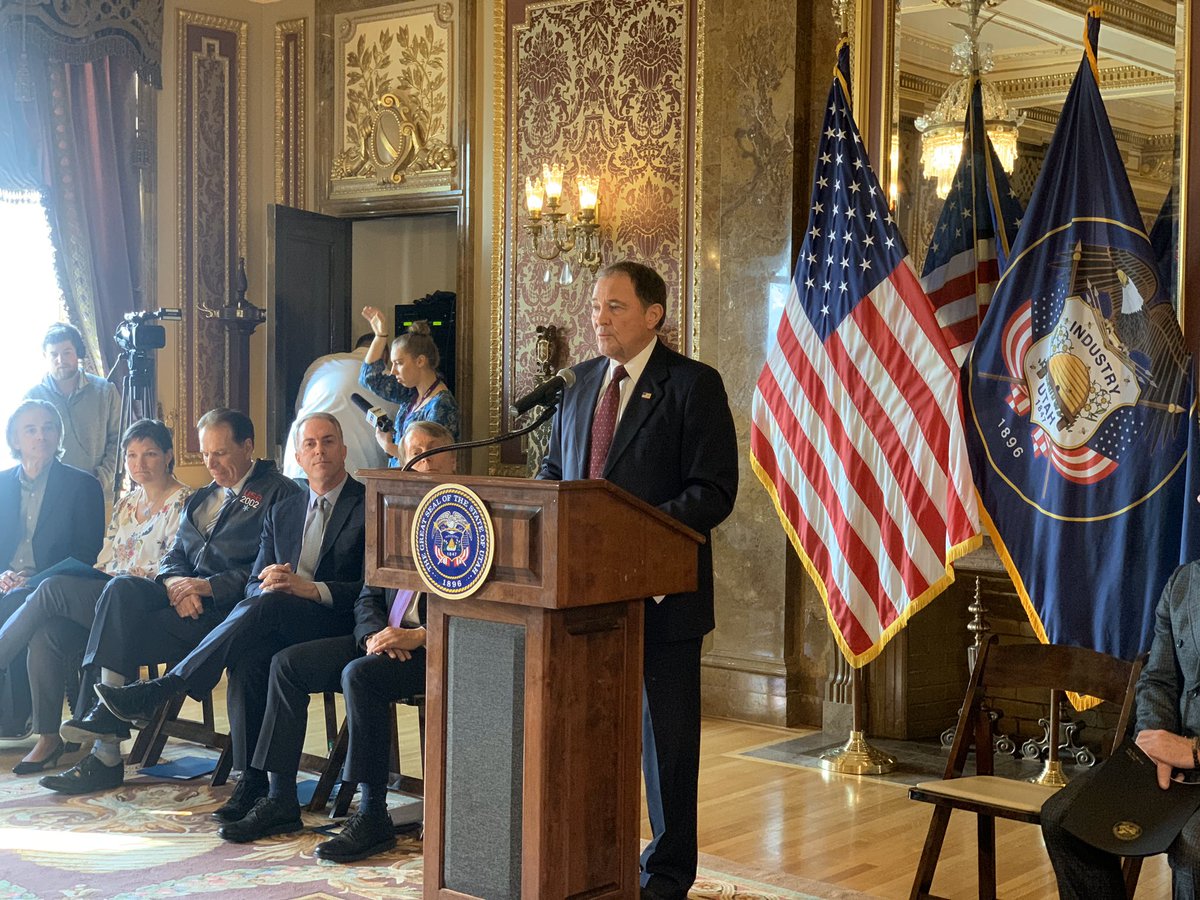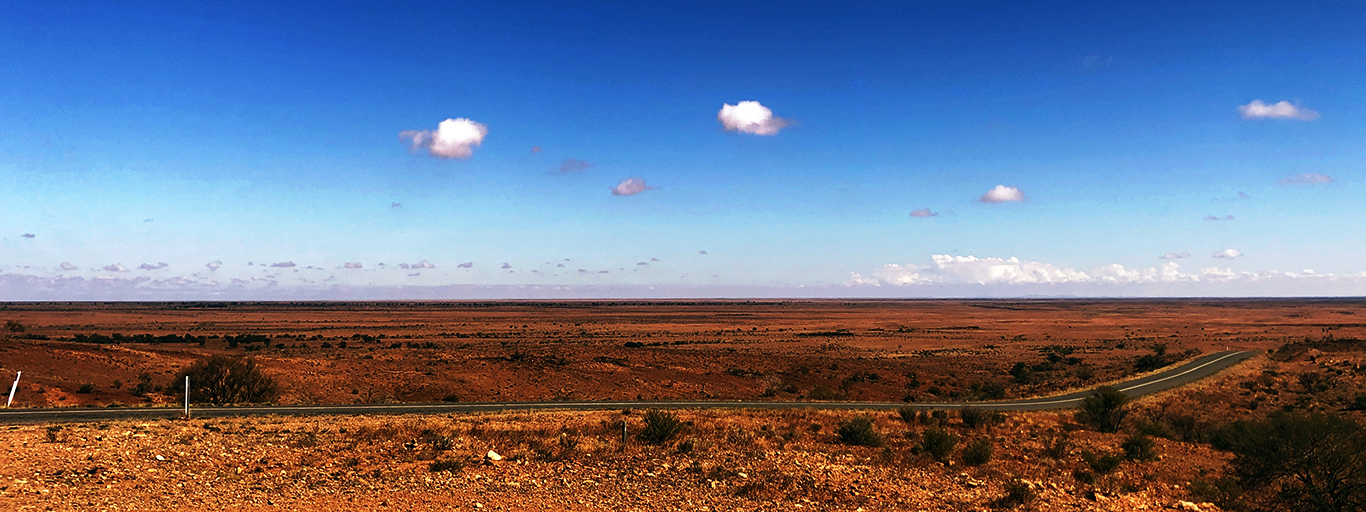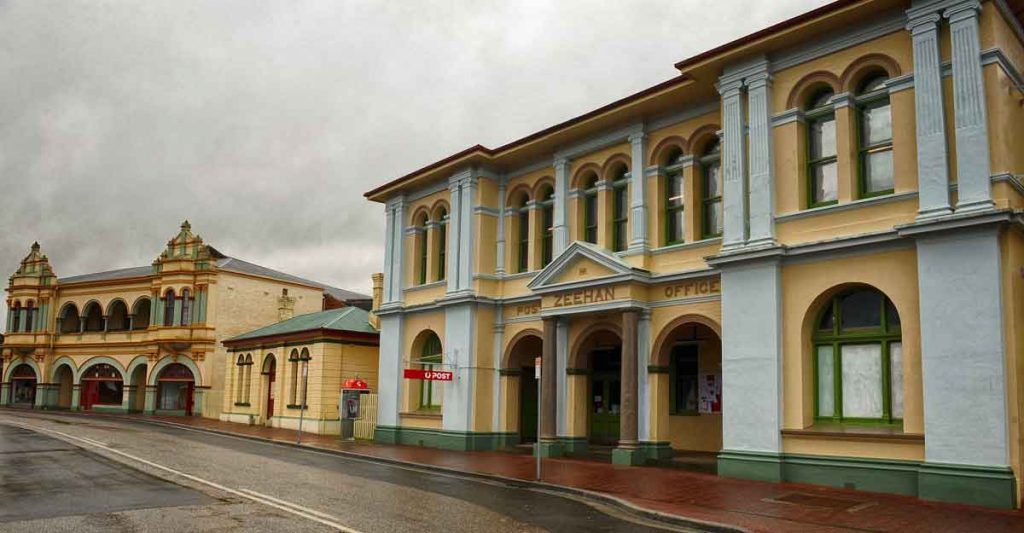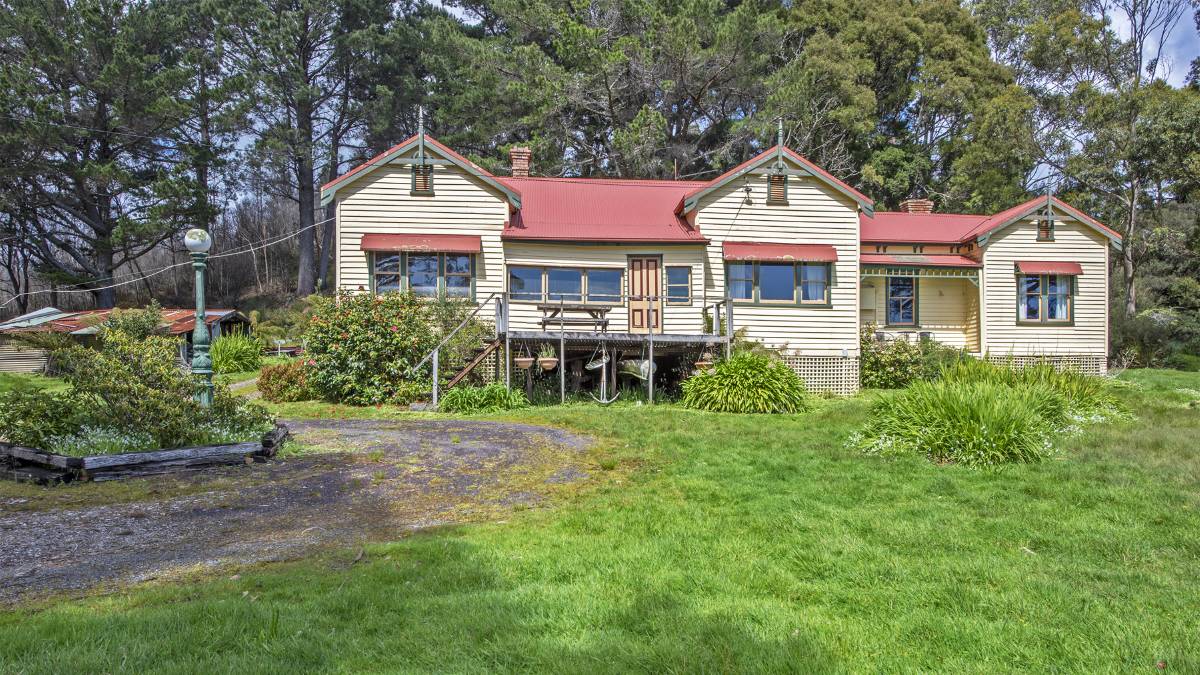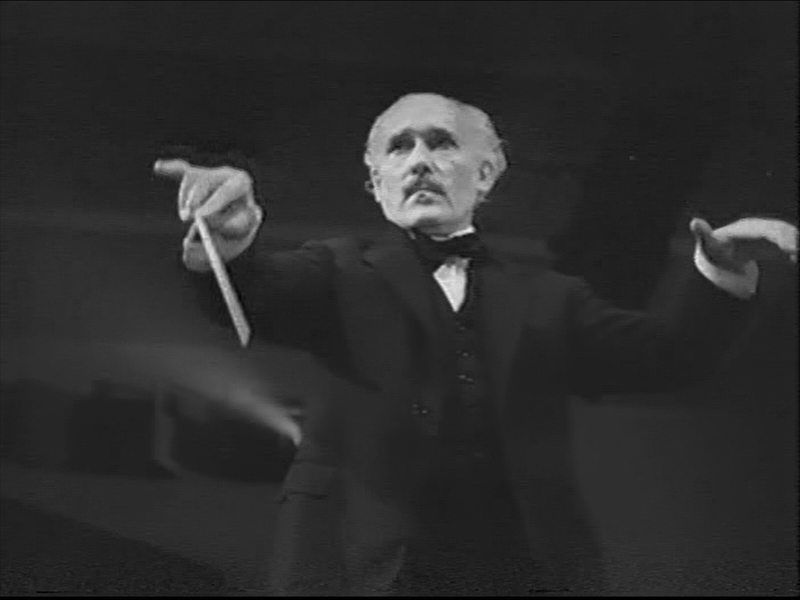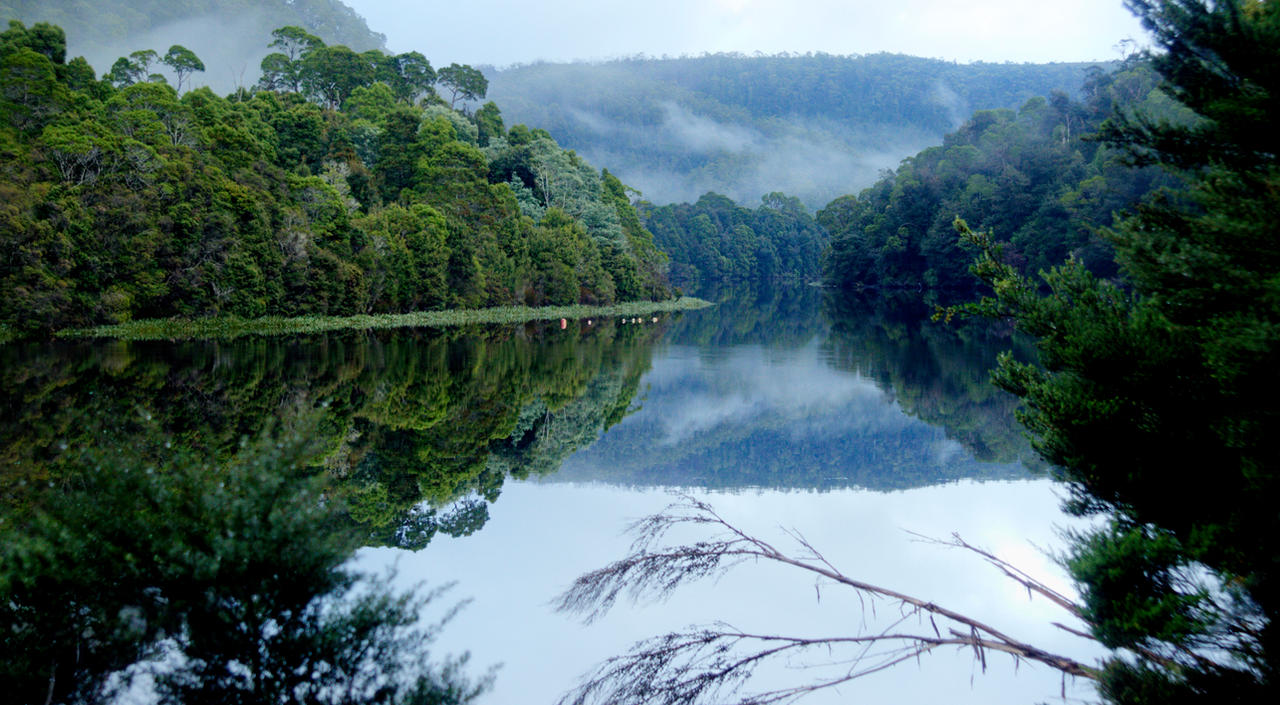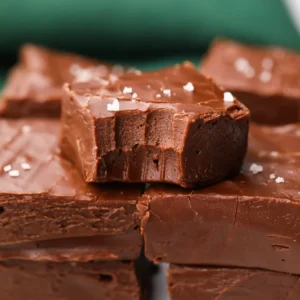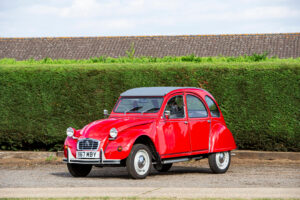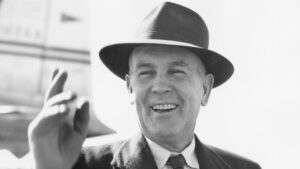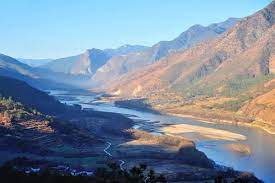 True happiness, according to Epicurus, was not found in indulgence or excess but in the state of ataraxia – the untroubled mind, the freedom to focus and think with clarity. Ed Smith (former professional English cricketer & journalist) remembers being taught this principle at 18, when a cricket coach told him what makes great players distinct is that they are capable of “the absence of irrelevant thought”.
True happiness, according to Epicurus, was not found in indulgence or excess but in the state of ataraxia – the untroubled mind, the freedom to focus and think with clarity. Ed Smith (former professional English cricketer & journalist) remembers being taught this principle at 18, when a cricket coach told him what makes great players distinct is that they are capable of “the absence of irrelevant thought”.
The smartphone is a machine for introducing it as often as possible. The business model that underpins it is that human attention must be broken, again and again. Silicon Valley has conducted a 15-year, unregulated experiment on the brains of most of the world’s children; Jonathan Haidt, author of The Coddling of the American Mind, wants to call time on it.
Haidt cites Kurt Vonnegut’s 1961 short story “Harrison Bergeron”, which envisages an American dystopia in which being excellent at anything (and therefore un-egalitarian) has been made illegal. The preferred weapon of “handicapping” exceptionally bright people is to make them wear an earpiece which buzzes roughly every 20 seconds to sabotage sustained concentration. Stopping attention is the lever by which intelligence can be flattened.
The realisation that the use of smartphones has the dark side of being the vehicle for not only pathological distraction, but also cyber bullying, has been well documented. It has been shown that confiscation of these phones when arriving at school and then returning them after school has had a positive effect. However, if you just ask the students to turn their phones off, but allow them to keep them whilst in school, then nothing much changes.

The importance of there being no exceptions means that the school must have a protocol for emergencies which much be continually reinforced. As for contacting parents via phone, the haven for manipulative bullies’ whining, then there is no reason why “little Johnny” cannot be filtered through a designated cohort of teachers.
As one source has said, “the stages of panic, grief and ultimately some level of acceptance” are the student reactions to such a ban.
Yet the dependence on a well-balanced teaching staff is paramount for successful implementation..
I have two anecdotes which exemplify the problem of teacher dysfunctionality.
The first was when I was in junior school, either ten or eleven years old. Our teacher, who was very emotionally labile, sent the whole class of about 25 boys to the Principal to be caned. I remember us boys, all clustered in front of the Principal’s study in a dark corridor. The Principal came out, took one look and sent us all back to the classroom. He then asked the teacher, who by now was a blubbering mess, to come to his study. The Principal was a very calm, authoritative man; he always showed understanding. The teacher left the school soon after.
The other time was when one of my sons, aged seven, was refused permission to go to the toilet on more than one occasion. My then wife and I confronted the teacher, whose truculence disappeared under some very tough talking, but still did not admit any fault. The then Principal, unlike my junior school Principal preferred to look away. That was the only time we ever intervened in our children’s progress through school. We did not have confront the teacher again despite the weak Principal.
Later when I ran a community health program, I remember the rationale given for having a school nurse. One could monitor the pupils seeking school nurse support. If, in the extreme example, large numbers from one class presented at the sick bay, it is an indication that such a class may be dysfunctional; on the other hand, if no children came to the sick bay, then was that undue denial by the teacher to seek the school nurse care, rather than believing it was a very healthy class?
One may question raising these extremes in teacher behaviour, but banning smartphones requires an acceptance across the community, despite differing attitudes and behaviour of school staff – until it becomes the community norm. In turn, this requires a very narrow “behavioural corridor” on how this ban is administered.
Otherwise, as I try to write, I can hear that intermittent Vonnegut-generated buzzing in my ear, but I refuse to be distracted. So should all children be afflicted by this seductive but essentially dystopian device in school. You know talking face-to-face is a way of confronting life and forcing the bullies out in the open.
I was bullied on my first day at school by a child who later became a respected member of the clergy. My father who came across this interchange, made an on-the-spot decision. He had me taught to box – never had to use that skill. Knowledge was enough. But what if I had grown up in this era?
Albanese – 2015
We’re used to seeing a few slip-ups and gotchas in Question Time, but yesterday Anthony Albanese shocked us with a particularly poor choice of words.
The Labor MP has copped some criticism over apparently urging one of his colleagues to “smash her!”, when rising to grill health minister Sussan Ley.
As member for Ballarat Catherine King rises to question the coalition MP, Albanese can be heard to casually call out the aggressive phrase from the front bench, with laughter from colleagues following. The choice of words is at odds with the opposition’s current focus on addressing domestic violence.
Hot Copper may have reported this 2015 incident, but I have seen the video, which now seems to have disappeared from the Web. It is very unappetising spectacle of a snarling Albanese.

From my simple point of view, this man who has publicly advocated a violent act against a woman is totally unacceptable to be Prime Minister of this country; neither he, nor those who laughed along with his unappetising snarler should be allowed to remain in Parliament by their electorates.
Thus, I do not buy the argument why single Albanese out when other Parliamentarians have an appalling record in this area as well. I agree one cannot ignore that. However, Albanese is the Prime Minister, and he is constantly saying that men should be respectful towards women. He has demonstrated in the incident quoted above to be anything but that. A Prime Minister should be called to a higher standard.
It is a challenge for the Labor women to have as their leader a man who advocated violence against Sussan Ley. I’ve been around long enough to hold the view that an outburst is unlikely to be a single episode, and was there any apology?
The Tragedy of Sydney
After consideration of all the material, I declared that it was a terrorist incident – NSW Commissioner of Police Karen Webb.
I penned this just after these two incidents and then put it away to see what happened after the acute reaction had subsided, and whether I would change much. The answer: not much. Shortened it and modified the invective.
I have witnessed the emergency responses to the horror which dogs every community when faced with the lone mad person, invariably male, who goes on a rampage killing multiple people senselessly. In the case of the Bondi incident, he may have been a paranoid schizophrenic completely delusional, but he was killing people willy-nilly, until a senior policewoman in shirt sleeves shot him dead.
However, what struck me was these men resembling at a distance Michelin Men in black with very large guns rolling across the ground apparently after the fact. As the camera zoomed in, these guys were wearing black balaclavas, as if they were about to rob the Centre; and since they appeared to be made to look anonymous, I wonder how you distinguish them from terrorists or just well-organised thieves? Just a question of seeking information.
Then, on top of that, a 16 year old teenager stabbed an Assyrian Church priest. Subdued by the congregation, the teenager lost a finger in the melee. Belatedly, police turned up implying that they were there to sort out the situation when it was mostly over. All that needed to be done was to quieten the crowd which had gathered and ensure the safety of the injured assailant. Instead, it was reported that the police used tear gas.
The violence on that Monday night was as disgusting as it was perplexing, given the police were there to help Bishop Emmanuel and to investigate his stabbing.
The reason for this deployment was the responsibility of the accidental Commissioner, the former traffic cop, Webb. She declared this stabbing an act of terrorism whatever the logic, an over-reaction ensured. Even the Premier seemed initially to admit her order was an over-reaction. The teenager was known to police and had convictions, Once the teenager was found out to be Muslim, then the story of this teenager being a part of a terrorist cell grew and in turn justified Webb’s order.
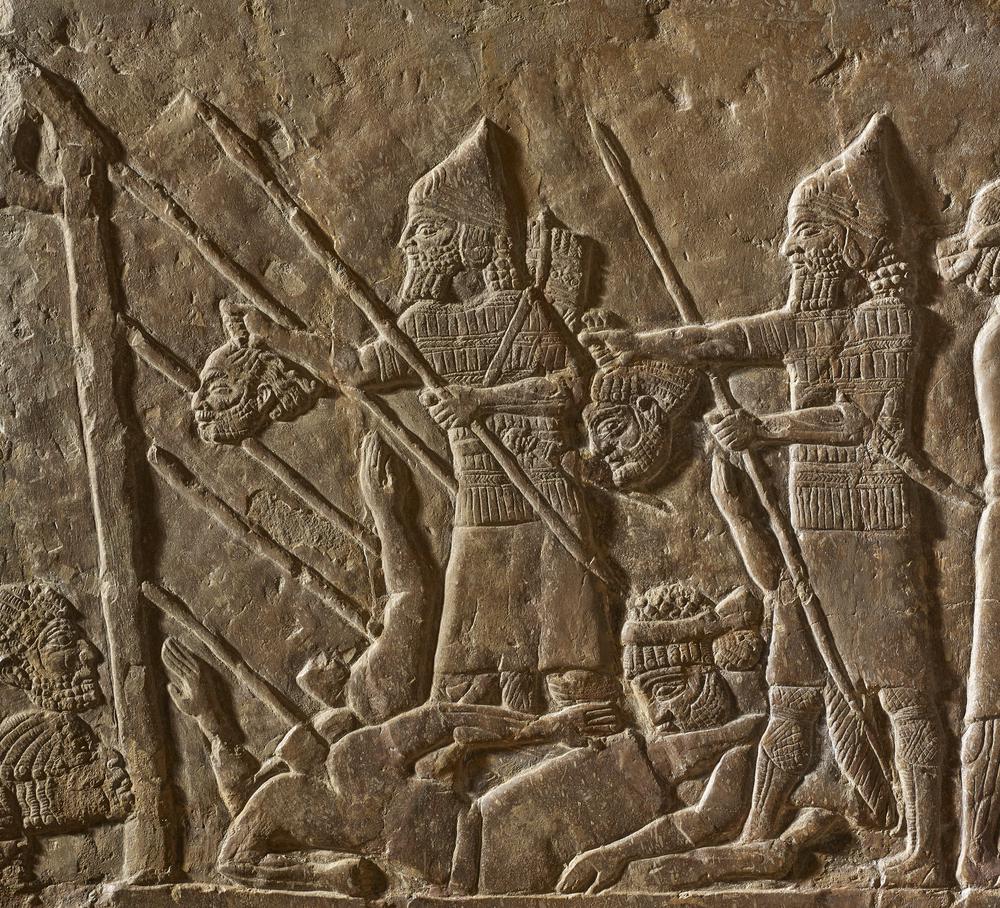
The Assyrian community, irrespective of which Assyrian church they followed, had gathered and suddenly the government had sent the police to presumably arrest the “terrorists”. The reaction of the community was not one of submission but one of fury.
What happens when people in uniform arrive, for no apparent reason, to confront the crowd; unless there is demonstrable leadership it is not long before a crowd becomes a mob. In this case, there were injuries to people. People were taken to hospital including two police. The mob jumped all over the police cars, rendering half of them unusable. Why were there so many police cars (the actual number seems to vary); what was the reason, given it was supposed to be one lone teenager terrorist attack?
It seems some of the police were not dressed as black Michelin Men but still with their Perspex face shields and weaponry presented an ominous sight. Yet they appeared to be overwhelmed by the mob despite their use of tear gas, if the reports were true.
Over the following month, they hunted down the protesters displaying to the media that it takes at least five heavily armed officers to arrest one of these rioters.
I was faced with a potentially nasty situation in 1960. The annual end-of-term engineer-commerce students’ marbles match – an excuse for a sort of Eton wall game that was held on the Commerce lawns outside the University Union.
The Commerce lawns in a wet May were, to say the least, very soggy. The ground was once a lake and soon degenerated into a muddy confrontation. It was tolerated as a way for students to let off steam (remembering the University was then a predominantly male institution). The police kept away. However, on this occasion, some idiot smashed the fire alarm, and before long with bells ringing two fire engines arrived, bowling into the students spilling onto the roadway. This minor show of aggression turned ugly when one of the students tipped a bucket of mud through the window of the one of the fire trucks.
Then the confrontation threatened to escalate as these burly firemen got out the vehicle, some looking as if they were spoiling for a fight. I remember very well three of the student leaders, one of whom was myself, wading into the crowd to try and calm the situation down. I remember that the firemen were persuaded to climb back into their vehicles, and they left without having to call in the police.
Yes, we then had to go down and face a choleric fire chief, who dismissed our apologies. We all left, were interviewed by the media on the footpath outside and it was front page news the next day. Then we all went on first term holidays and the furore died down. I don’t think these university students were considered terrorists. I was helped by my two fellow students in calming down the situation – one became a Supreme Court Judge and the other a Federal Court judge. That episode taught me a great deal. By the way, the University administration did not intervene; they left us to sort it out.
Thus, the local Federal Member for Fowler, Dai Le, seemed initially the most sensible in seeking to calm down the situation. The local community has followed this course advocating reconciliation and peace. Yet the media persisted with the allegation that this was a terrorist attack.
The Assyrian priest forgave his attacker, the epitome of Christian behaviour.
Reading between the lines, the response of Burgess, the spy chief, seems to be ambiguous about this incident being a terrorist threat, but once someone in authority “cries wolf”, especially when she had been under serious criticism on other matters related to her lack of leadership, it probably does not help to directly criticise another senior public servant.
Invoking an incident as an act of terrorism can stigmatise a community and sow unnecessary anxiety and alienation from the instruments of government – the police being one example.
The Premier talks not about conciliation, unless it is his meaningless term “people of faith” but says he will confront the community with “the full force of the Law”. Well, if 50 police cars and the anti-riot squad are not the “full force of the Law”, what is? To my mind, it is the lone policewoman, who brought to an end the ghastly events in Bondi Westfield by confronting and shooting the murderer. That is the full force of the law, not all the other macho trimmings that seem to obsess governments. The policewoman exhibited two qualities – courage and an ability to assess the situation correctly; little information but with impeccable induction-deduction that led her to come to the right conclusion quickly.
Terrorists presumably are not banshees. The terrorist groups must be known. In this instance, where was intelligence from ASIO, whose mouthpiece tells us they know everything, and should have a clear idea of the potential danger of what we may name ‘Teenage Terrorist Group”.
Otherwise, what value are Australia’s security services providing? Australia pays a high price for its security services. For me, we do not pay this money for scaremongering or “cloak and dagger” farce, but for a service which provides reassurance to the community without complacency. The question arises of why these terrorists are allowed to roam freely in the community, once identified? I can conjure up reasons, related the cost of incarceration. Yet Australia has had successive governments prepared to spend astronomical amounts of money on dodgy contractors to guard people who come here in boats and are then imprisoned. Are they all terrorists? How do these people contaminate Australia?

In 1979, when I was staying in Broome, there was a recently-beached Vietnamese lugger in the mangroves in front of the motel where I was staying. The Fraser government welcomed the Vietnamese refugees, and by doing so enriched our Australian community. Would Dutton have done the same, but of course he was only nine years old at the time?
I have tried not to make too many value judgements but ask questions. The paradox is of media alive with misinformation and not challenging what appears to me to be gaps in the logic of government, the gaps being filled with cliches, often repeated in this opaque shroud of not knowing what to do, but afraid to let the community in on that secret! Secrecy appears to be a cover for our leaders for inaction and hoping the whole matter will go away – or worse result in a cover up?
Boondoggle Stadium Hobart
During the late 1920s and early 1930s, Boy Scouts at summer camps participated in the latest scouting craze in which boys braided and knotted colourful strands of plastic and leather to fashion lanyards, neckerchief slides and bracelets. Eagle Scout Robert Link of Rochester, New York, coined the term for this new handicraft, “boondoggling”. Chris Klein 2018
Arguably, the AFL should be first in line to fund the construction of an AFL stadium, rather than kicking in less than 2% of the proposed $800 million total. However, it can also be argued that the project will bring thousands of jobs, urban renewal, a massive tourism boost, a visible pathway for young athletes, and lots of footy for the fans.
Unfortunately, this isn’t a sitcom. Australia is facing a housing affordability crisis, and a cost of living crisis, both of which are compounded by rising inflation. As such, many Tasmanians aren’t over the moon about the announcement, and they’ve voiced their disapproval about the project publicly. Chris Sheedy June 2023
You can guarantee the sun will rise in the East. Unbackable odds.
Equally, once the Labor Opposition elected a bloke to replace a sheila as its Leader, it was London to a brick that the Tasmanian government would agree to build a new stadium at some exorbitant cost – any current estimate is just a number which will be exceeded. No worries you blokes, see on the plans, the luxury lounge where we can watch the games in comfort, popping the corks and tasting the best of Tasmanian fare. Better than any Chairman’s Lounge.
In 2023 Albanese, in stumping up $240m of taxpayer money, tried to sweeten the sandwich by saying that the project would “include social housing and commercial and recreational spaces, but there was no extra information on how many houses would be built, or how a business centre would fit on the site and in the budget.
Crown land at Regatta Point will be developed through a private-public partnership, including affordable housing, housing for essential health workers so close to the hospital facilities here.” It is a wonder he did not promise a multi-purpose religious centre as well.
I would never say that the AFL is trying to blackmail Tasmania, nor that a “business centre” mentioned by Albanese be a casino. After all, all this extravagance must be underwritten by some source of revenue (aka gambling), unless they can induce one of the oil states or some hedge fund Croesus to sponsor the team.
After all, the intention is to play seven games a year in Hobart and four in Launceston. There is a time-honoured Tasmanian government bankrupting strategy, that if Hobart has one, Launceston must have one also. Seven games a year! What was the cost again for such a projected use? The cost the length of a piece of string is at the mercy of the builders and the construction unions.

The team, rather than being called the Tasmanian Devils, would be better called the Tasmanian Boondoggles, when the team enters the League in 2028, then for a decade to be the chopping block for all the other teams, while the country burns under the burden of climate change. And by the way, just check the projected sea levels at the construction site.
Mouse Whisper
Along a certain English road, there was a sign which read “Cat’s Eyes Removed”. An official sign apparently. The informal sign down the road read “Mice Very Happy”.
The Boss roared with laughter. What was funny about blinding cats even if they have benefited by English cousins? And why would they publicly announce such terrible things? But then, it is the same nation that made fun of three blind mice.
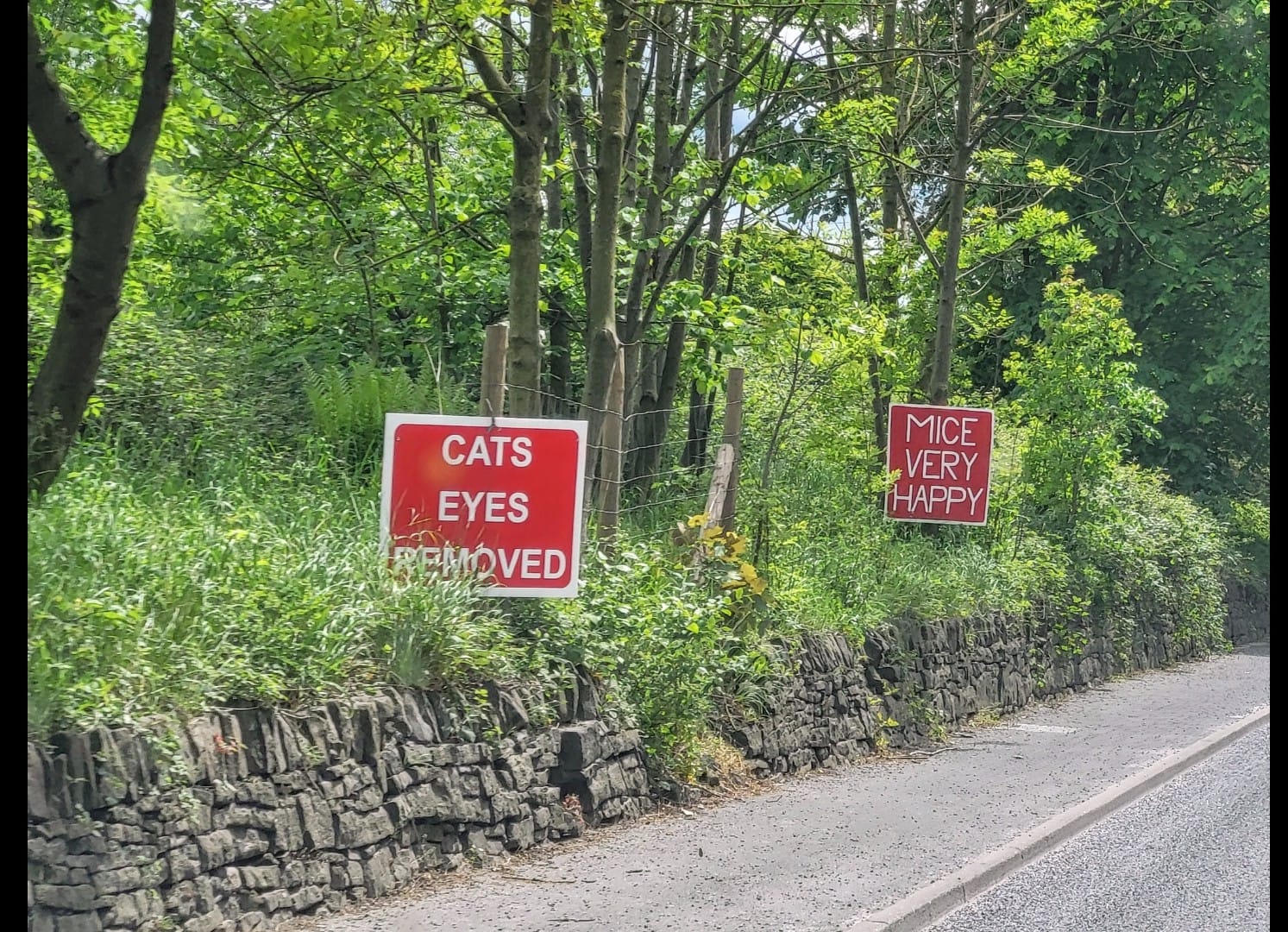

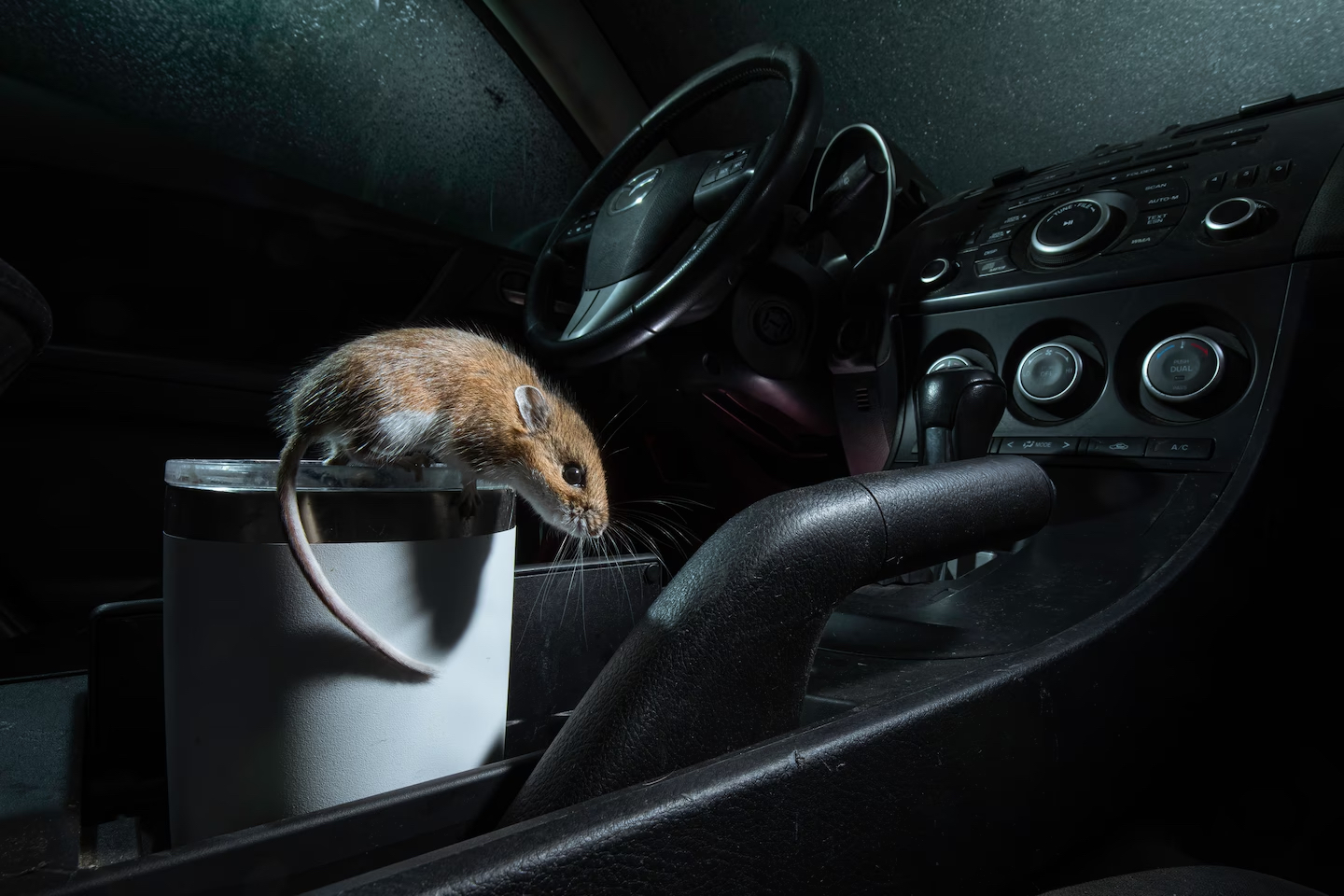
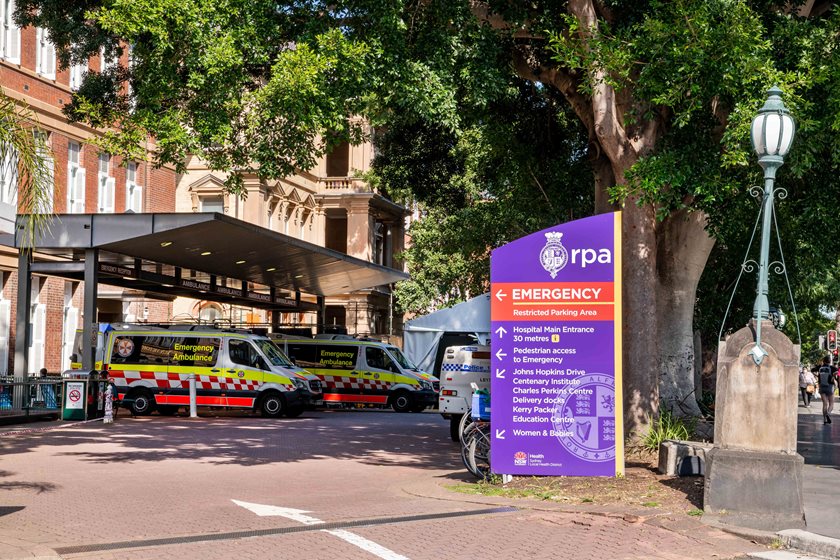 I was reminded of this when I recently went the Royal Prince Alfred Hospital (RPAH)with a 36-hour nosebleed, which had been imperfectly staunched. I was deposited in a wheelchair to wait six hours to be attended while subject to the torture of the clipboard mania laughably called “quality control”. I, the patient vanished under a pile of protocols, even being admonished at one interval for having the temerity to question the need for blood tests when I had had them done only two days prior
I was reminded of this when I recently went the Royal Prince Alfred Hospital (RPAH)with a 36-hour nosebleed, which had been imperfectly staunched. I was deposited in a wheelchair to wait six hours to be attended while subject to the torture of the clipboard mania laughably called “quality control”. I, the patient vanished under a pile of protocols, even being admonished at one interval for having the temerity to question the need for blood tests when I had had them done only two days prior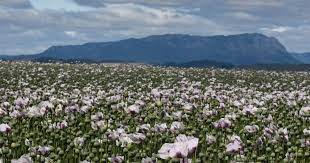
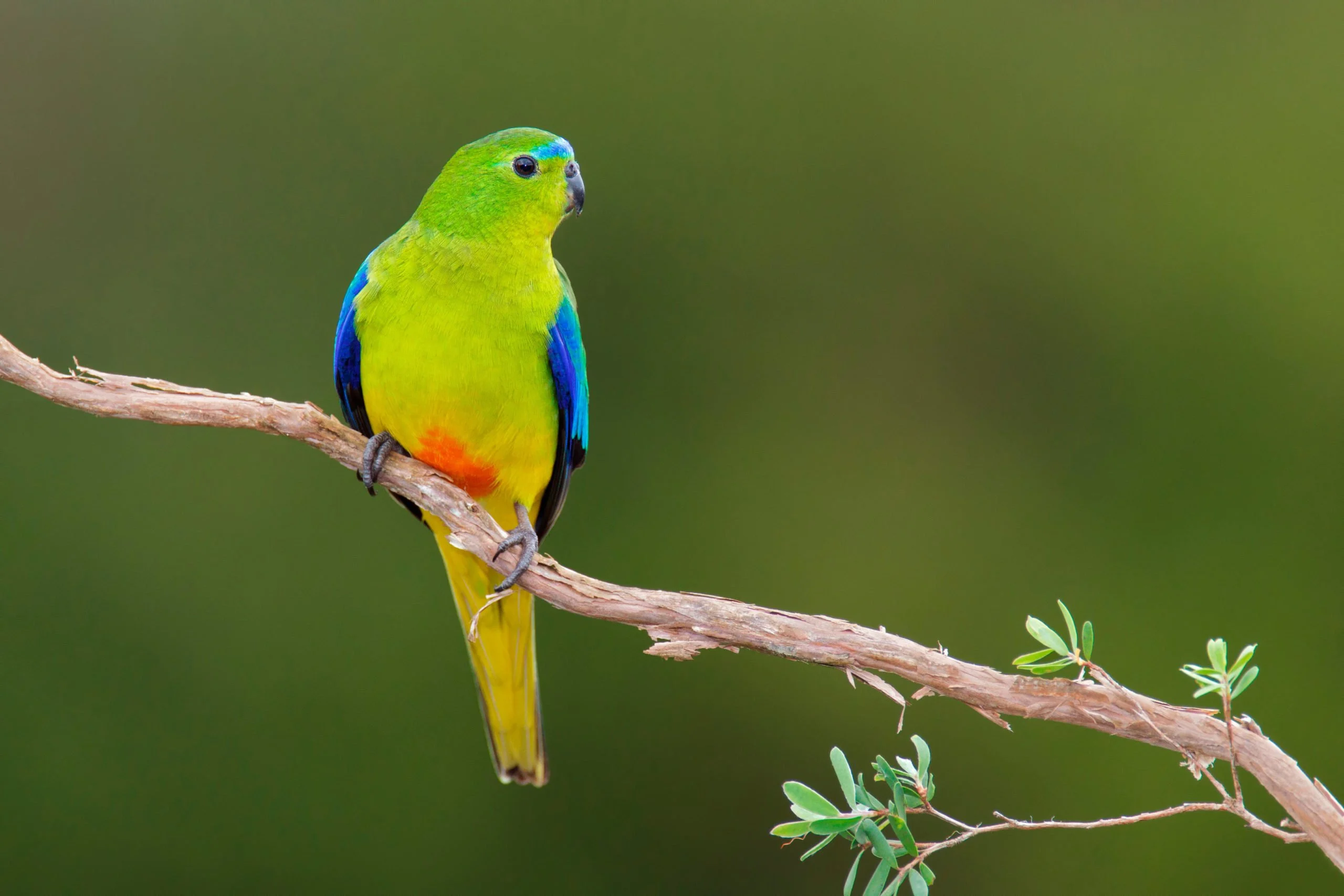 The other parrot, also migratory, the orange-bellied parrot is critically endangered. There are very few orange-bellied parrots left in the wild. Their last remaining breeding site is in the moorland and button grass around Birch’s inlet on the west coast of Tasmania. We once went searching for the parrot in this location; saw a great number of blue-winged parrots but sadly nothing with an orange belly – at least not a parrot.
The other parrot, also migratory, the orange-bellied parrot is critically endangered. There are very few orange-bellied parrots left in the wild. Their last remaining breeding site is in the moorland and button grass around Birch’s inlet on the west coast of Tasmania. We once went searching for the parrot in this location; saw a great number of blue-winged parrots but sadly nothing with an orange belly – at least not a parrot.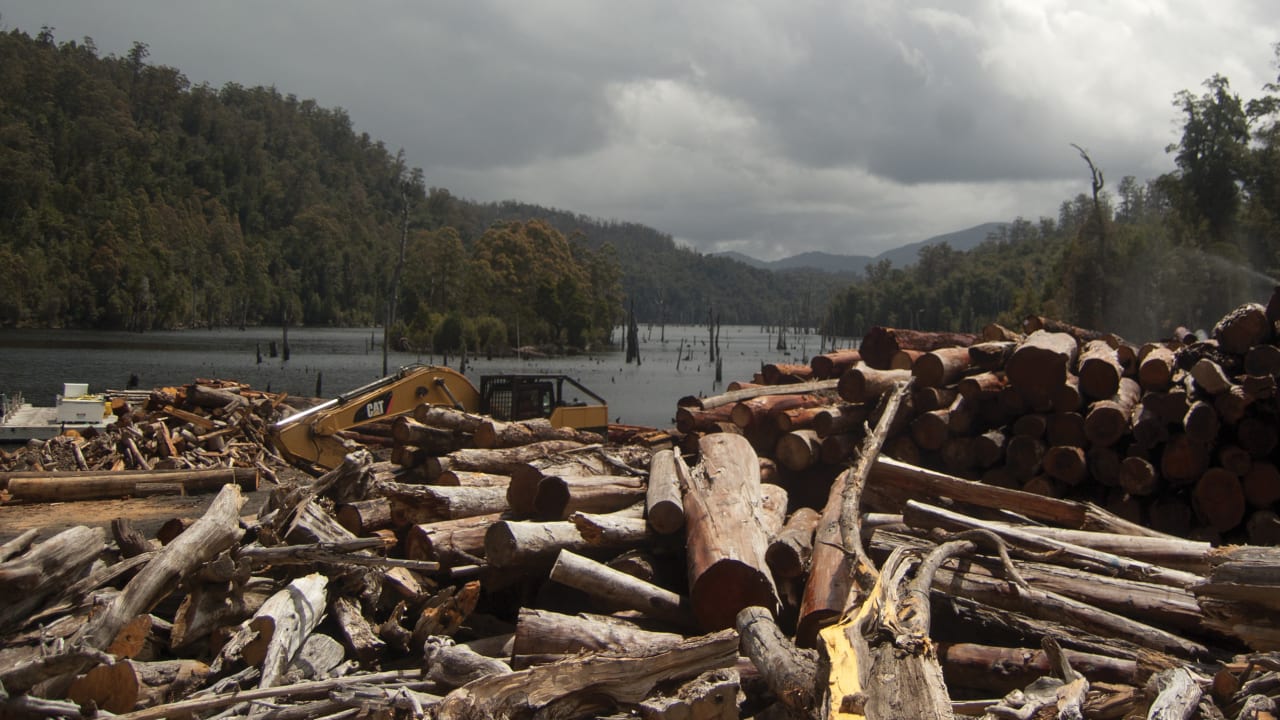
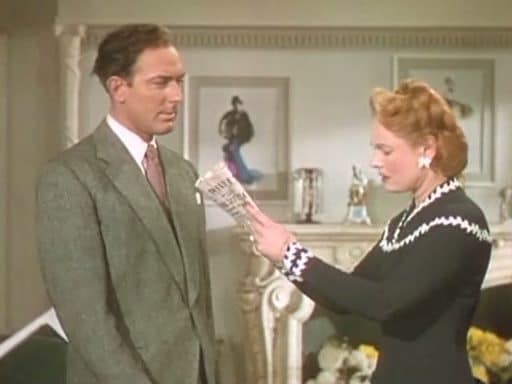
 Instead, I asked one of the staff very conversant with computer usage if he would accompany the doctor, who admitted that he had been accessing computers after hours. What he was doing was trying to find one where he could contact his sister in China. She wished to come to Australia to undertake a nursing course. He showed my colleague the computer which he had found enabled him to contact his sister in China, and the so-called porn glimpsed by the passing nursing staff was in fact pop-ups of Asian women in lingerie, incidental to his access. He had been successful in finding an appropriate computer, but I asked to see him.
Instead, I asked one of the staff very conversant with computer usage if he would accompany the doctor, who admitted that he had been accessing computers after hours. What he was doing was trying to find one where he could contact his sister in China. She wished to come to Australia to undertake a nursing course. He showed my colleague the computer which he had found enabled him to contact his sister in China, and the so-called porn glimpsed by the passing nursing staff was in fact pop-ups of Asian women in lingerie, incidental to his access. He had been successful in finding an appropriate computer, but I asked to see him.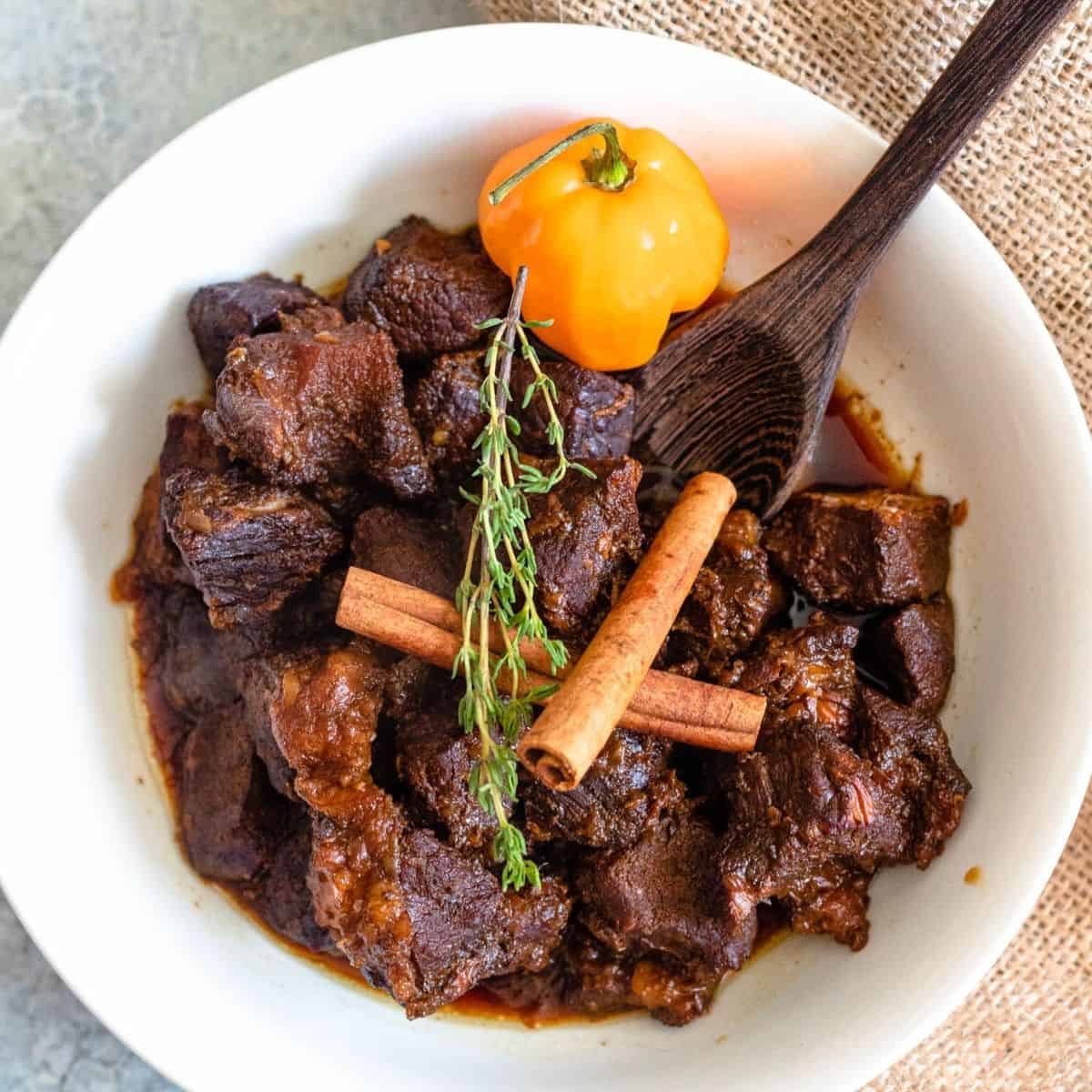
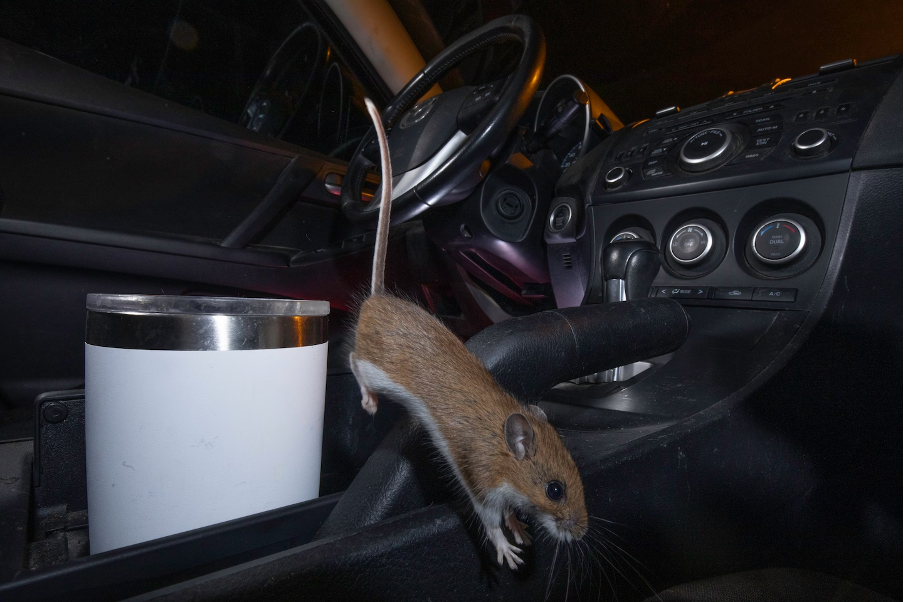
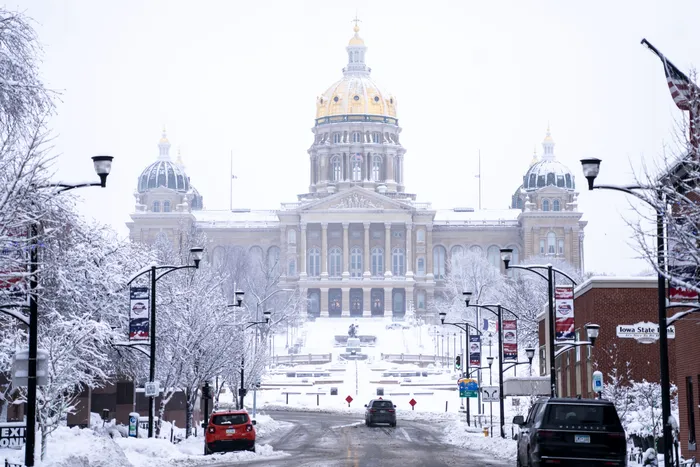
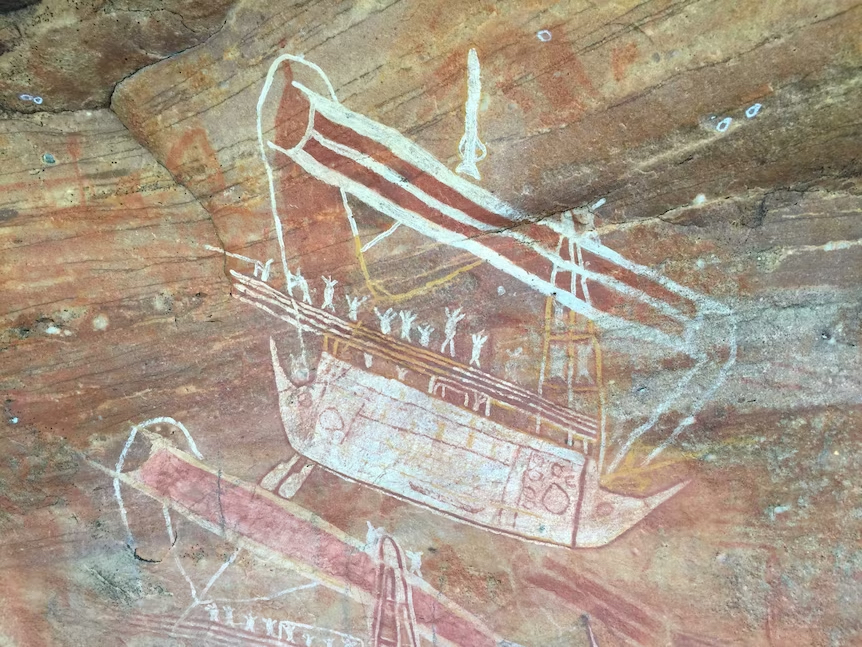
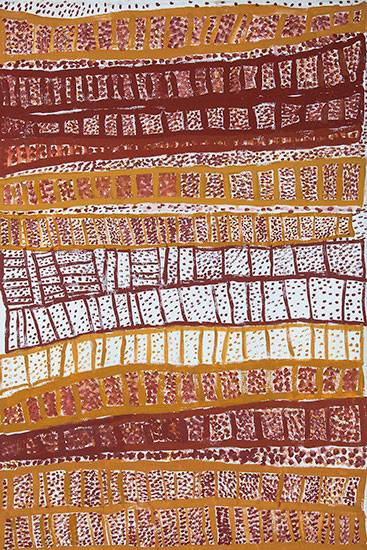
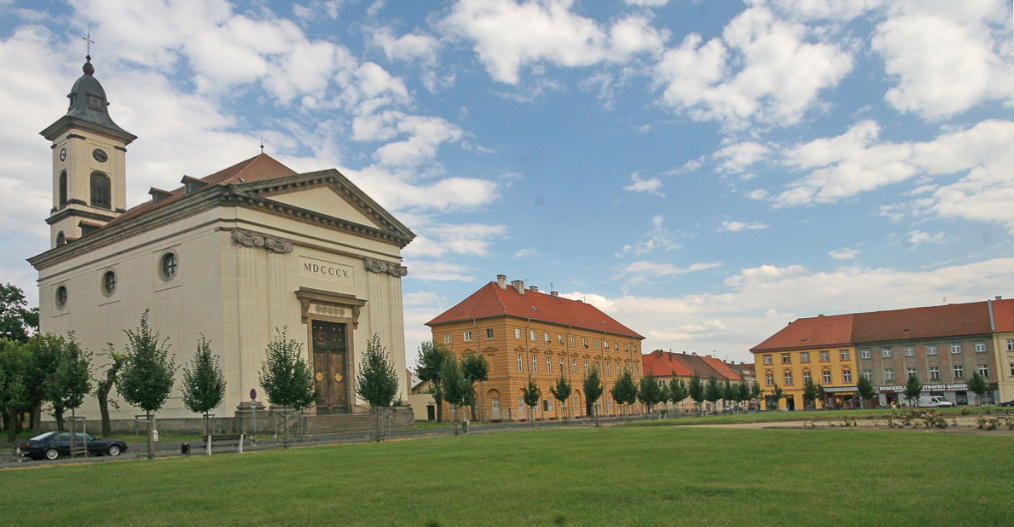
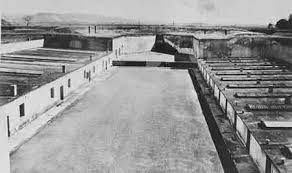
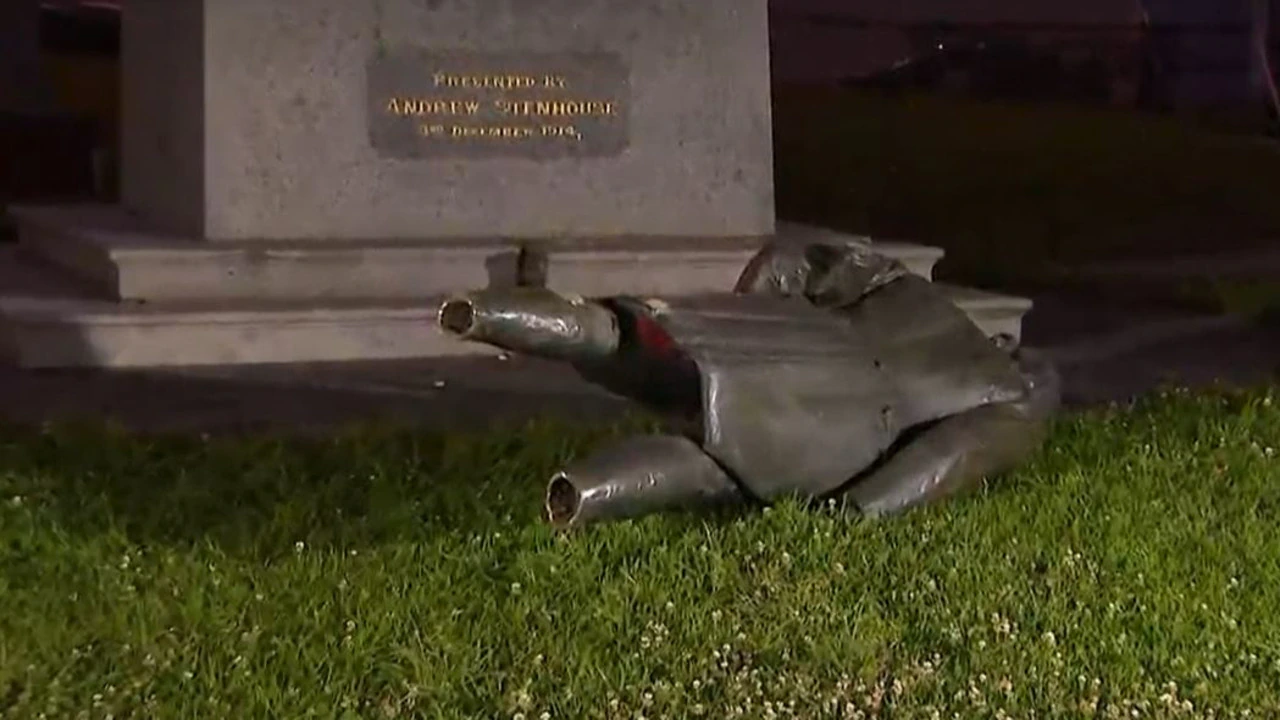
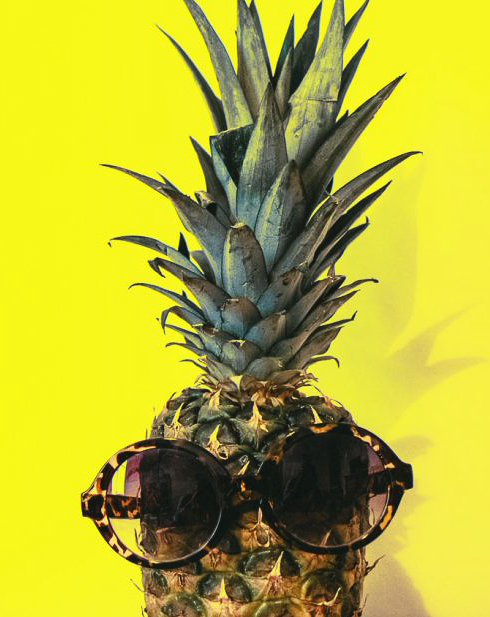 Dutton, you should grow up, and address measured analyses such as that projected by John Quiggin as the Government seems to have done; instead of roaming around devising the heraldic symbols on the Dutton shield. A pineapple rampant?
Dutton, you should grow up, and address measured analyses such as that projected by John Quiggin as the Government seems to have done; instead of roaming around devising the heraldic symbols on the Dutton shield. A pineapple rampant?

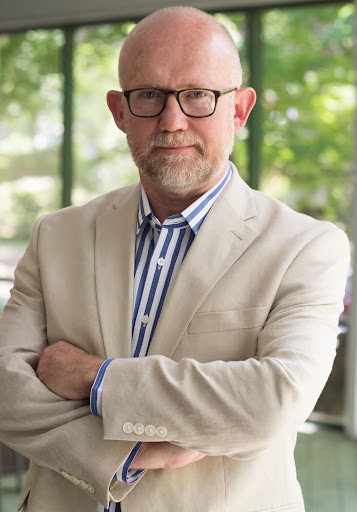

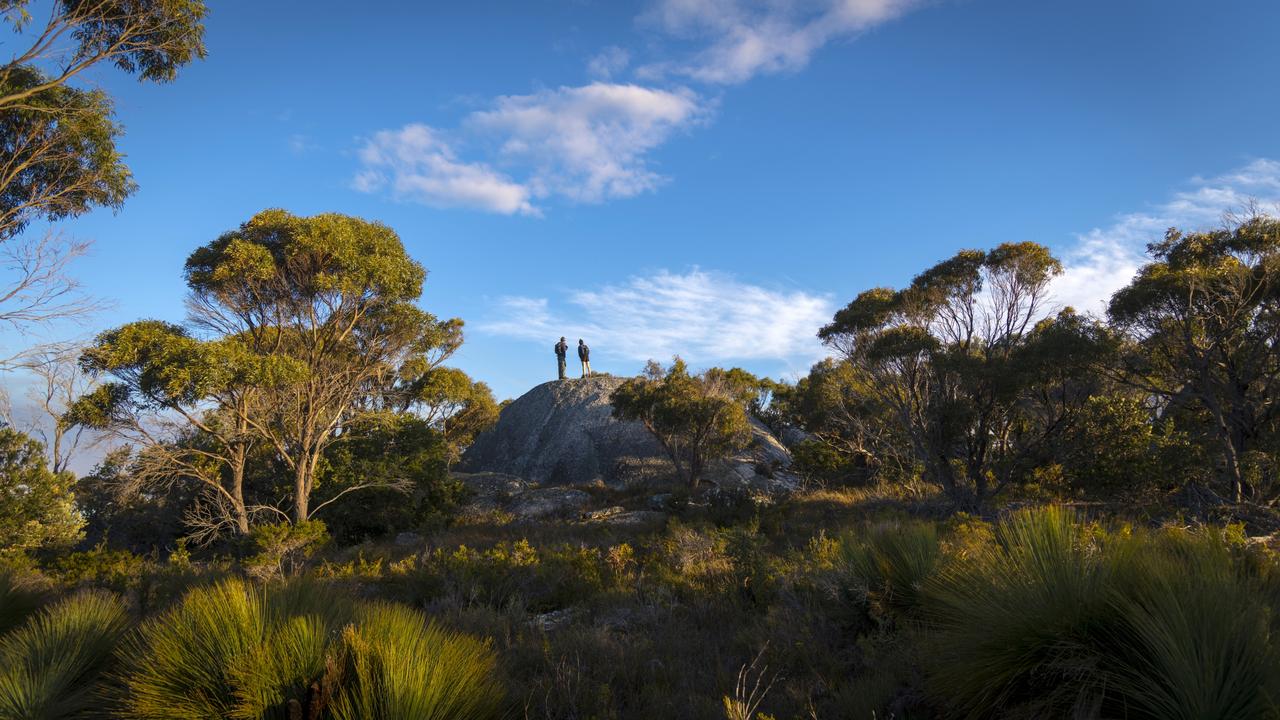
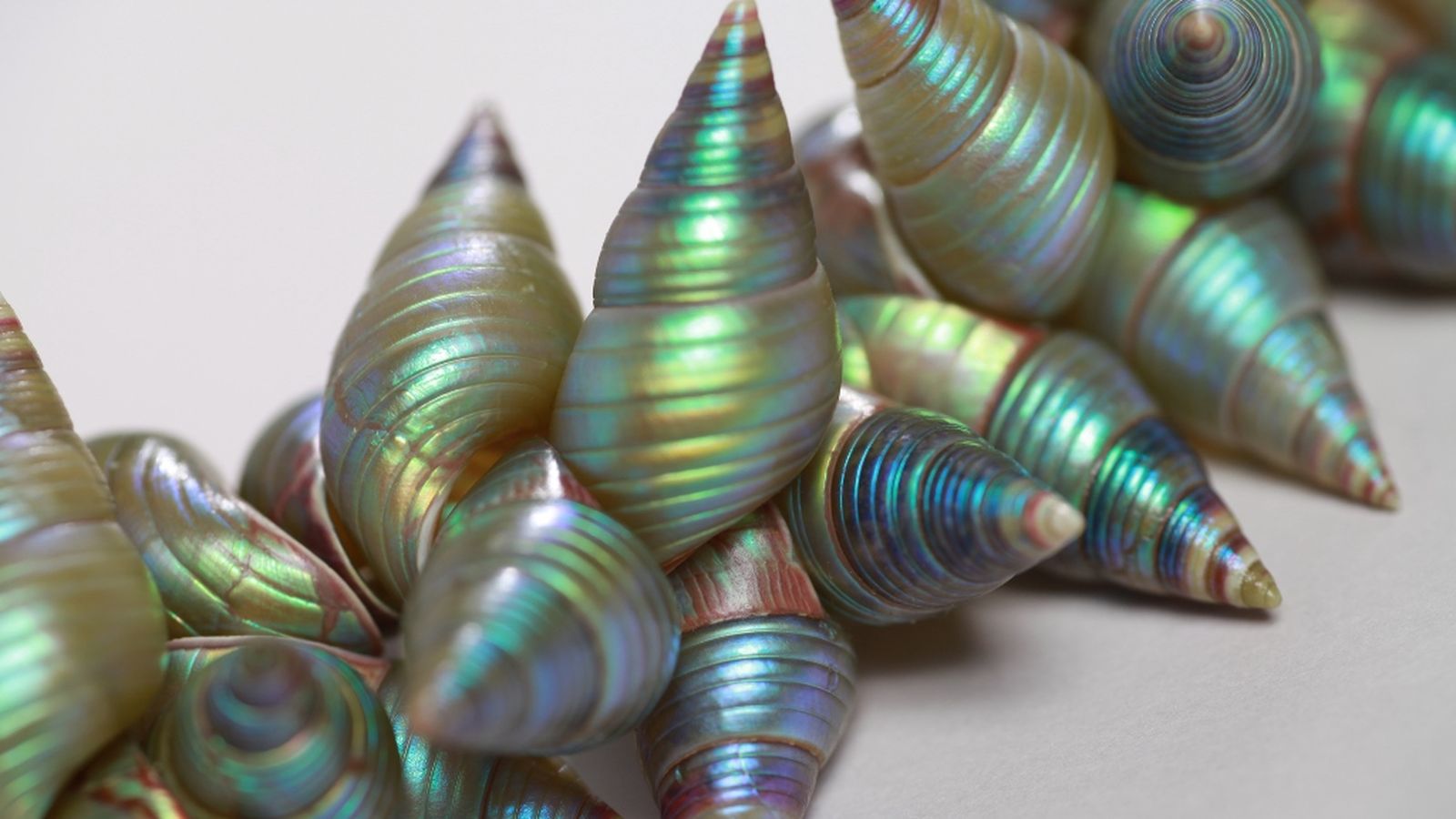
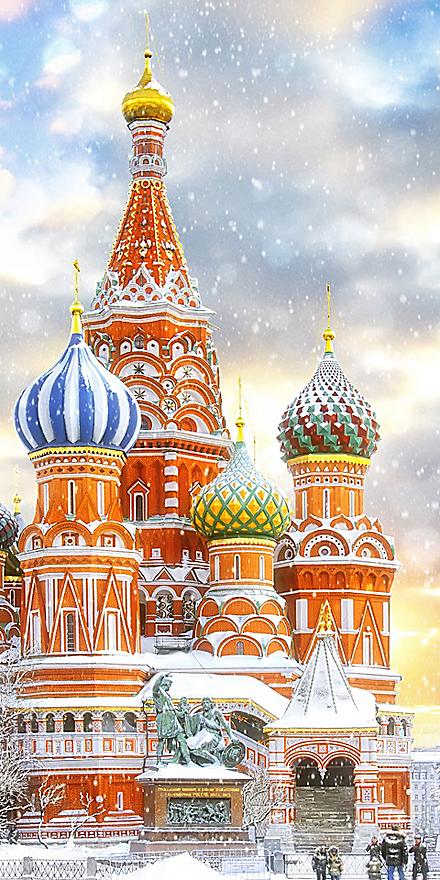 Winter in Moscow is a time for parties. A friend told me recently about a particularly lavish one he went to in a nightclub. DJs played hypnotic psychedelic trance, champagne flowed and red lights strobed across the heaving dancefloor. Nearly two years into the war in Ukraine, Muscovites seem to be recovering their capacity for hedonism.
Winter in Moscow is a time for parties. A friend told me recently about a particularly lavish one he went to in a nightclub. DJs played hypnotic psychedelic trance, champagne flowed and red lights strobed across the heaving dancefloor. Nearly two years into the war in Ukraine, Muscovites seem to be recovering their capacity for hedonism.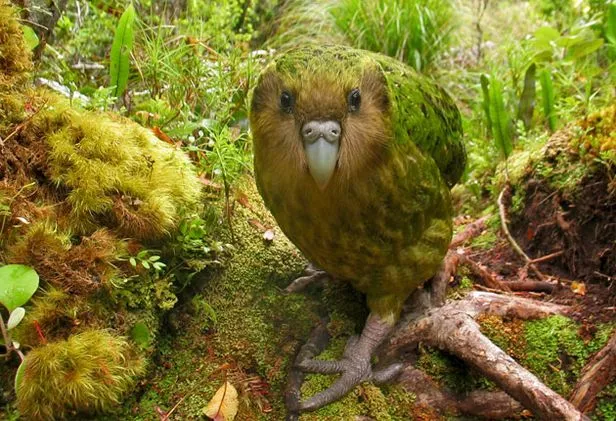
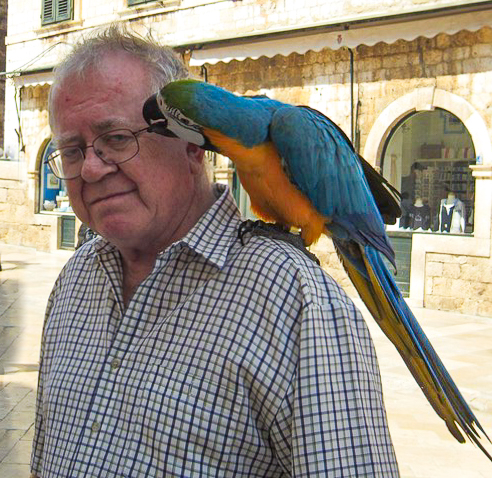 Macaws are a bird too often kept in captivity. There is a picture of a blue-yellow macaw perched on my shoulder attacking my glasses. Such birds are used by an itinerant gypsy, in this case not unsurprisingly a guy dressed as a pirate complete with bandana and gold earring. This happened in Dubrovnik, and I forget how much was paid by my companion for me to be so immortalised.
Macaws are a bird too often kept in captivity. There is a picture of a blue-yellow macaw perched on my shoulder attacking my glasses. Such birds are used by an itinerant gypsy, in this case not unsurprisingly a guy dressed as a pirate complete with bandana and gold earring. This happened in Dubrovnik, and I forget how much was paid by my companion for me to be so immortalised.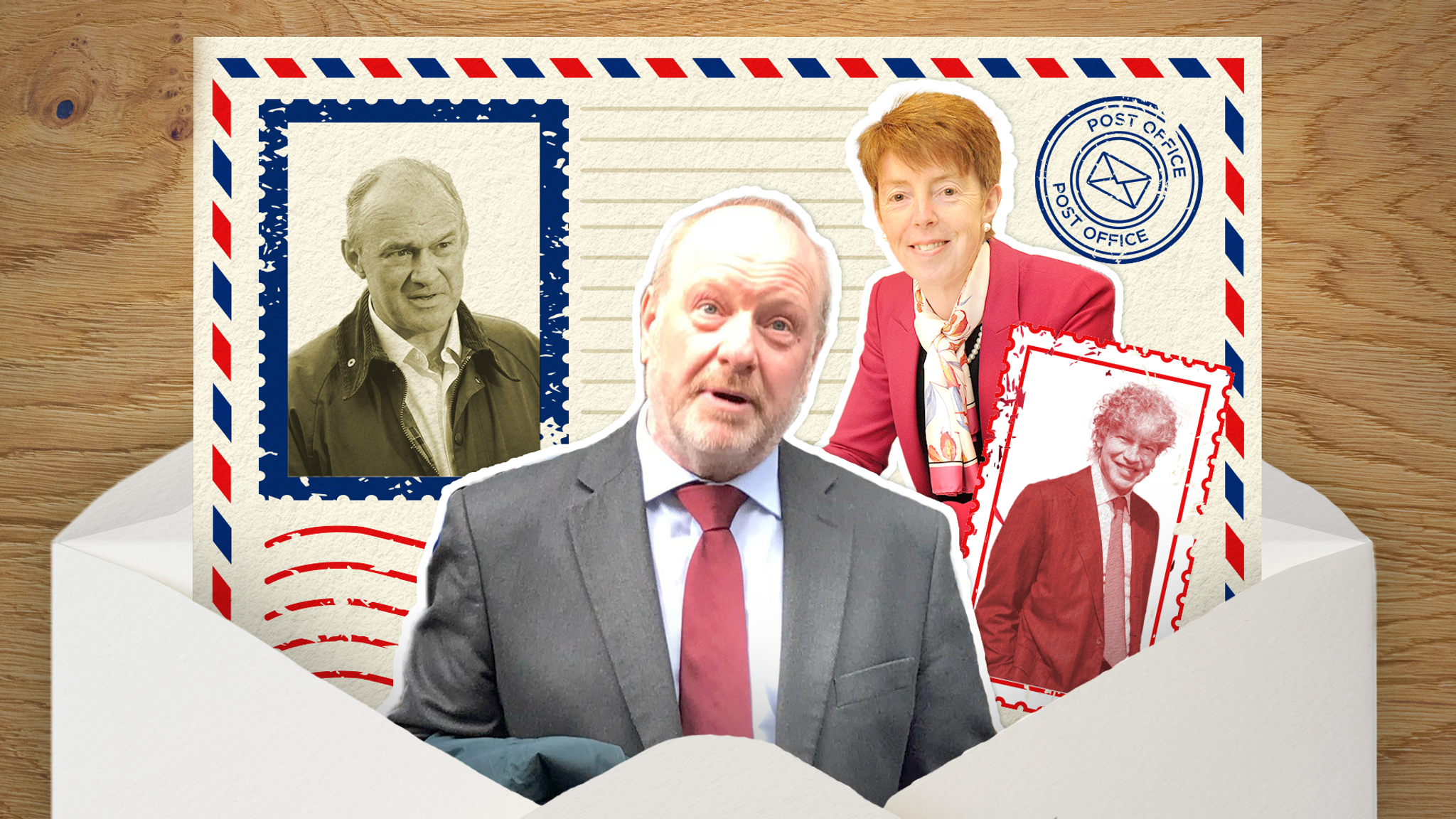 It was Fujitsu which created the defective computer program that saw the prosecution of more than 900 workers falsely accused of stealing money from post offices. This disgraceful episode which has resulted in legislation being brought in by the UK Parliament to overturn the convictions, was brought to light by a TV program, not government investigation.
It was Fujitsu which created the defective computer program that saw the prosecution of more than 900 workers falsely accused of stealing money from post offices. This disgraceful episode which has resulted in legislation being brought in by the UK Parliament to overturn the convictions, was brought to light by a TV program, not government investigation. Come to think of it, why is Blagden still a commoner? He has certainly contributed enough to be a peer.
Come to think of it, why is Blagden still a commoner? He has certainly contributed enough to be a peer.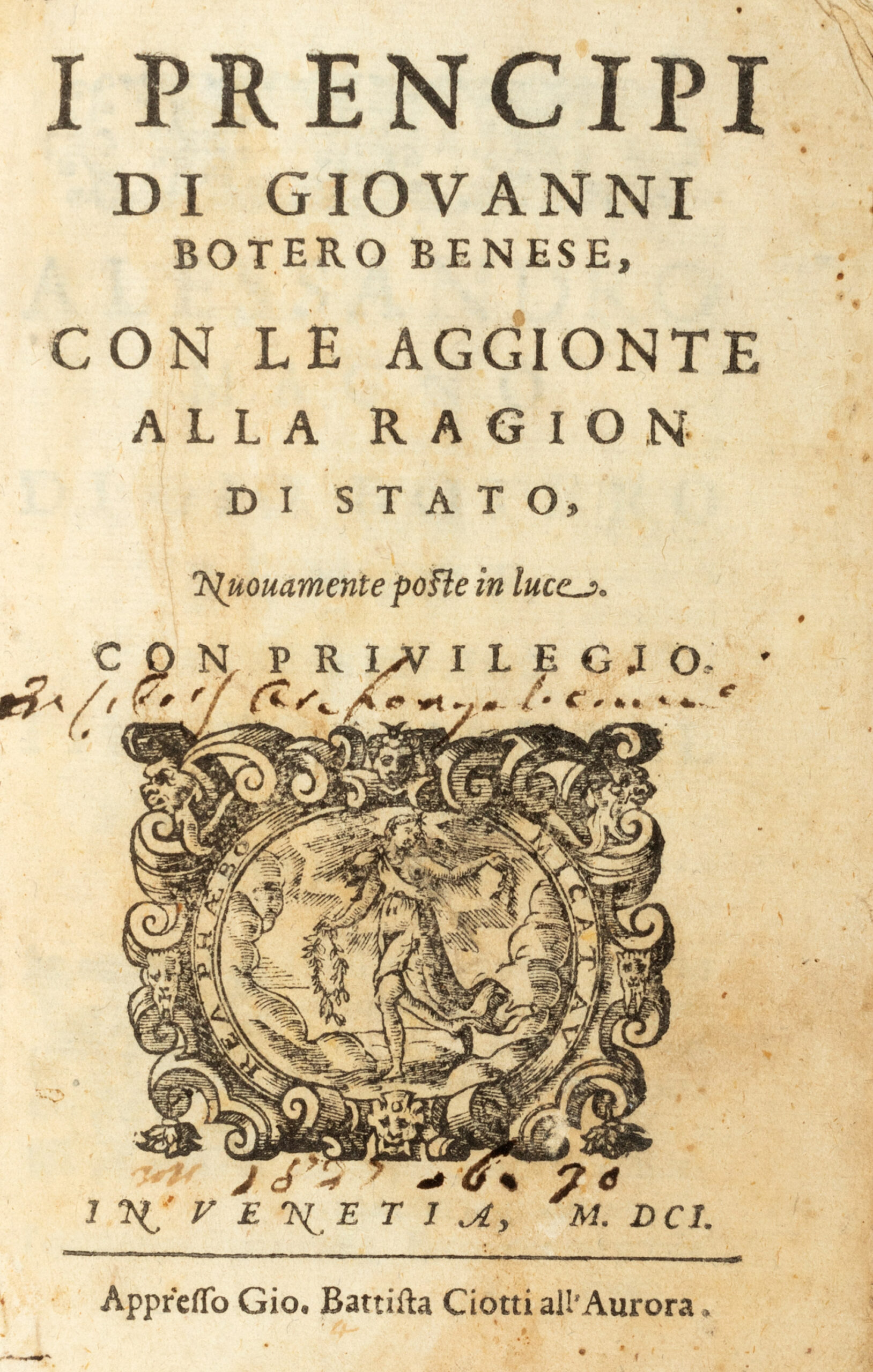
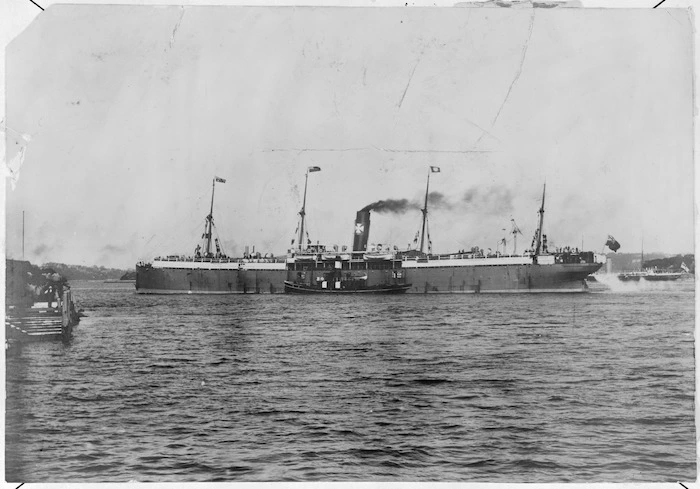
 For instance, a modelling career for women starts between 14 and 16 years and is over by the mid 20s. It is an industry which cultivates the “stick insect” look and emphasise that ugliness by forcing the models in very high heels to traverse the catwalk in that uncomfortable stalk, which seems to be de rigeur.
For instance, a modelling career for women starts between 14 and 16 years and is over by the mid 20s. It is an industry which cultivates the “stick insect” look and emphasise that ugliness by forcing the models in very high heels to traverse the catwalk in that uncomfortable stalk, which seems to be de rigeur.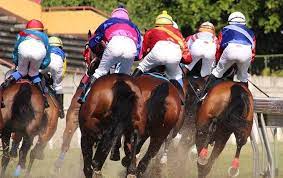 The racing industry relies on dieting in jockeys trying to keep weight down to 54kg, above which life for most jockeys’ rides is limited unless they are in the top echelon or are a jumping jockey, and in this later instance their races are confined to Victoria and South Australia.
The racing industry relies on dieting in jockeys trying to keep weight down to 54kg, above which life for most jockeys’ rides is limited unless they are in the top echelon or are a jumping jockey, and in this later instance their races are confined to Victoria and South Australia.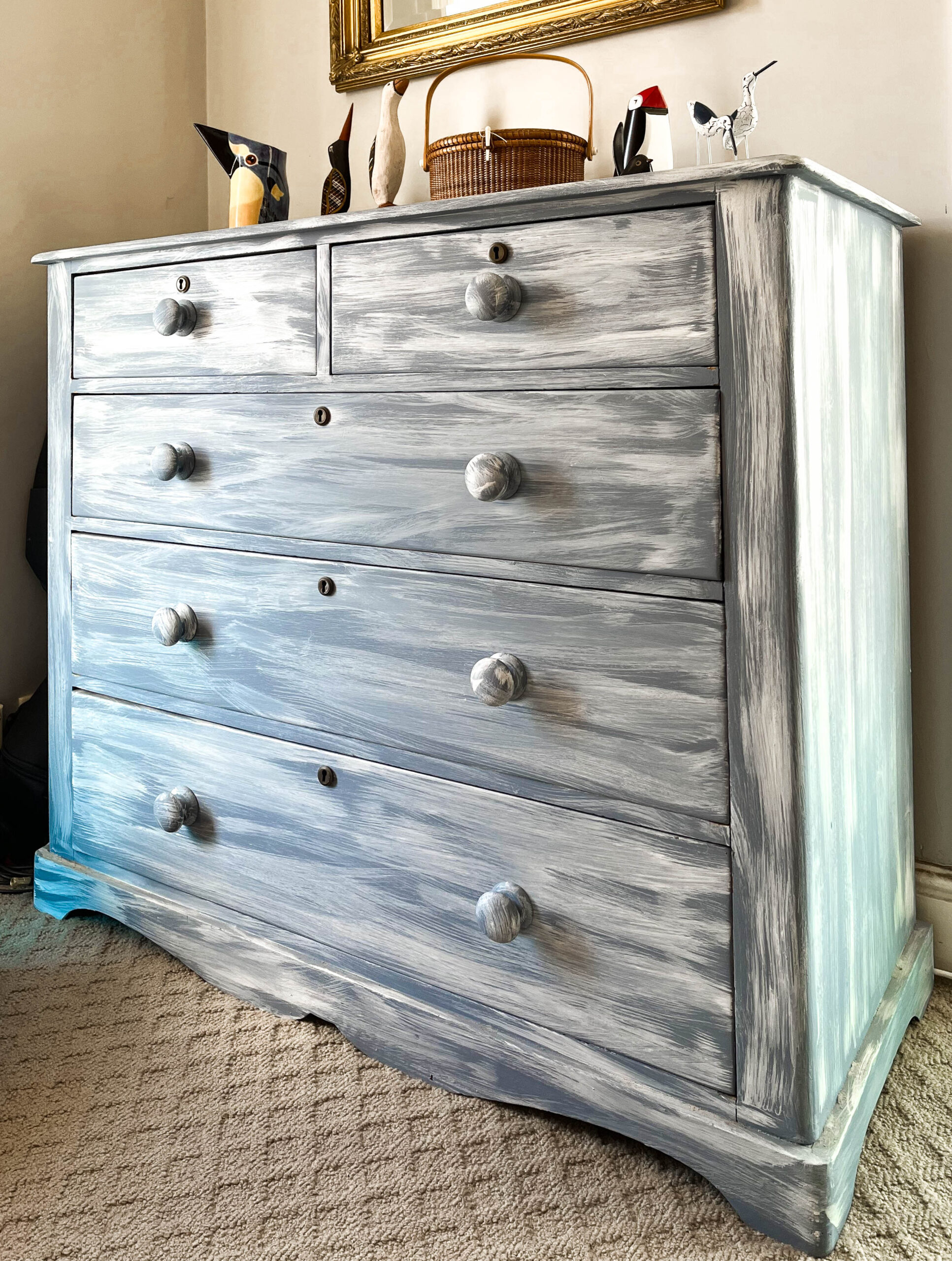 There is one solution that my wife has used. We had a very well- constructed mahogany chest of drawers, very chestnut. My grandparents had brought it back from Britain in 1919. Thus, it had lasted a long time. My wife decided she needed some storage and rather than throw out the solid brown chest and buy a new one she asked the painter to give it a distressed blue finish. He did an excellent job, and it now complements the back room, where an equally distressed painted bookcase faces it – but the aforementioned brown cedar desk still occupies one corner of the room, as a quiet reminder.
There is one solution that my wife has used. We had a very well- constructed mahogany chest of drawers, very chestnut. My grandparents had brought it back from Britain in 1919. Thus, it had lasted a long time. My wife decided she needed some storage and rather than throw out the solid brown chest and buy a new one she asked the painter to give it a distressed blue finish. He did an excellent job, and it now complements the back room, where an equally distressed painted bookcase faces it – but the aforementioned brown cedar desk still occupies one corner of the room, as a quiet reminder.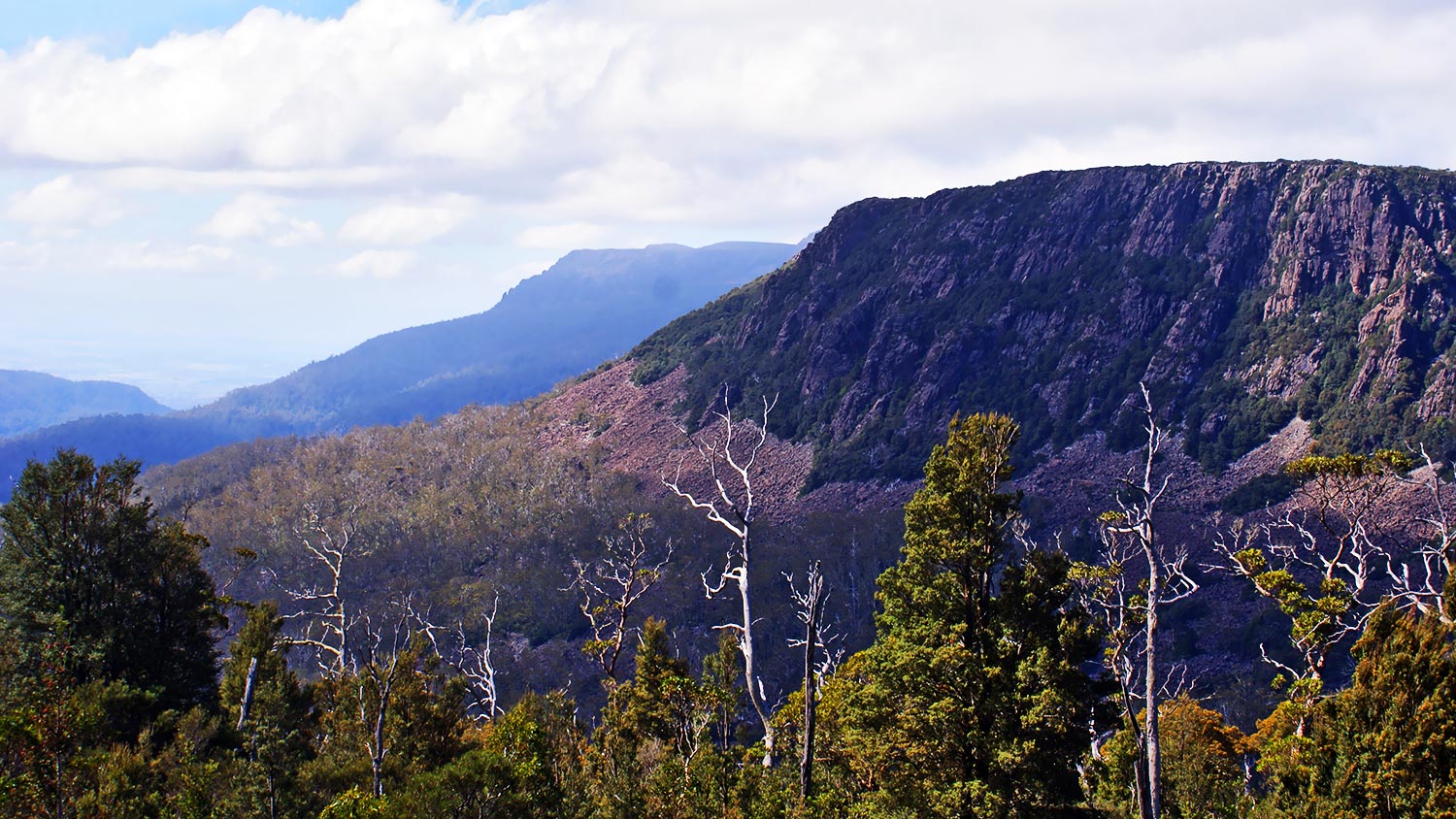



 During this last week, the Barngarla Determination Aboriginal Corporation in South Australia has the Federal Court ruling in its favour in relation to a nuclear waste dump. The Federal Education Minister has opened the universities to essentially positive affirmation for Indigenous people. Then Michael Mansell, whose playbook is that of protest, comes out with a reasoned argument to call off the referendum all together and start negotiating a treaty. At no stage has there been any impediment because Aboriginal rights have not been incorporated into the Constitution, and with all respects, what happened this past week epitomises policy development.
During this last week, the Barngarla Determination Aboriginal Corporation in South Australia has the Federal Court ruling in its favour in relation to a nuclear waste dump. The Federal Education Minister has opened the universities to essentially positive affirmation for Indigenous people. Then Michael Mansell, whose playbook is that of protest, comes out with a reasoned argument to call off the referendum all together and start negotiating a treaty. At no stage has there been any impediment because Aboriginal rights have not been incorporated into the Constitution, and with all respects, what happened this past week epitomises policy development.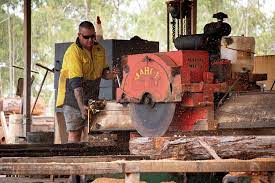 The money has provided investment in a sawmill, and the ABC reported that it had been productive; yet on the day the ABC reporters visited, there was only one worker on site, the rest were on the local version of “sorry business”. So, what’s new? To think that these Aboriginal mobs having had the chance to invest the royalties are talking about going back on welfare mocks the very essence of the “Yes” case.
The money has provided investment in a sawmill, and the ABC reported that it had been productive; yet on the day the ABC reporters visited, there was only one worker on site, the rest were on the local version of “sorry business”. So, what’s new? To think that these Aboriginal mobs having had the chance to invest the royalties are talking about going back on welfare mocks the very essence of the “Yes” case. “The multi-city model for delivering Victoria 2026 was an approach proposed by the Victorian Government, in accordance with strategic roadmap of the Commonwealth Games Federation (CGF) … beyond this, the Victorian Government wilfully ignored recommendations to move events to purpose-built stadia in Melbourne and in fact remained wedded to proceeding with expensive temporary venues in regional Victoria.”
“The multi-city model for delivering Victoria 2026 was an approach proposed by the Victorian Government, in accordance with strategic roadmap of the Commonwealth Games Federation (CGF) … beyond this, the Victorian Government wilfully ignored recommendations to move events to purpose-built stadia in Melbourne and in fact remained wedded to proceeding with expensive temporary venues in regional Victoria.”